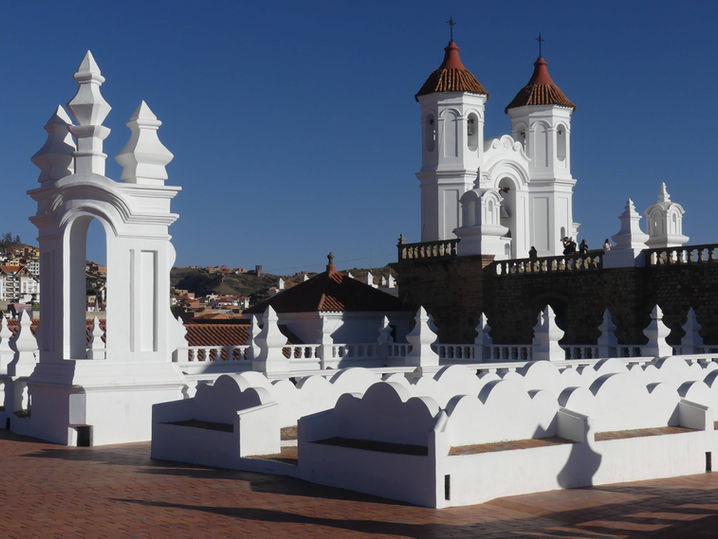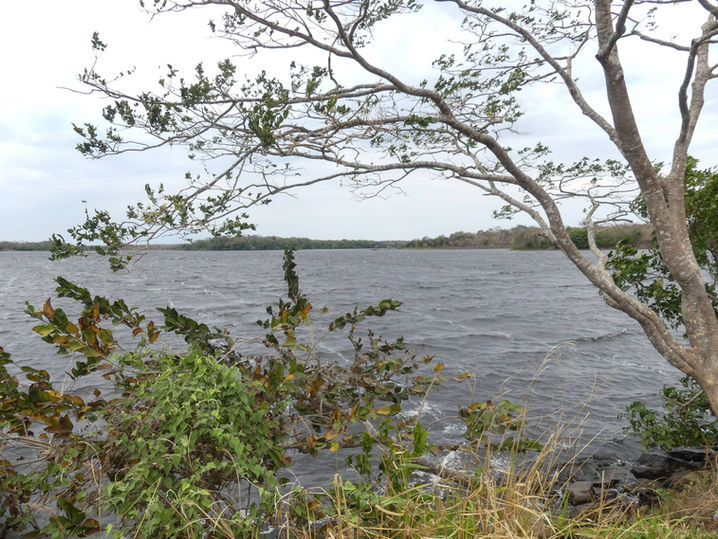Impressions of Southeast Bolivia.
Although Santa Cruz has in recent times become Bolivia's most populous city, larger than the capital of La Paz, its surrounding region is not a prime destination of exploration in the country. Even at the time of feverish colonial expansion the Spanish conquistadores paid very little attention to this region and only started settling here quite late, towards the end of the 16th century.
Somewhat isolated near the Amazonian territories on both sides of the border with Brazil and near Paraguay, these subtropical lowlands do have quite a few remarkable landmarks on offer. Agreed, Santa Cruz itself is of limited interest, but that is largely compensated by the Chiquitanía to the east, dotted with a cluster of beautifully restored and intriguing Jesuit mission posts and the pre-Inca archaeological vestiges near Samaipata to the west. Further to the west the city of Sucre, Bolivia's official co-capital. For very good reason Sucre is also known as 'the white city', an absolute jewel of colonial architecture, on its quaint plazas and along its hilly cobblestone streets. And, as a practical windfall, not negligeable, at an altitude of 2,000 metres Sucre offers an ideal in-between stage on the way towards the 4,000 and 5,000 metres high altiplano of Andean Bolivia. But before travelling there, take in this southeastern part of Bolivia, it is absolutely worth it!
Before visiting the place of your choice:
The mission museum displays a multitude of ecclesiastic artifacts which were recovered from the church and convent at the time of restoration in the 1970s. Prior photographs show in what a destitute state the abandonment of the mission had gradually resulted after the Jesuit expulsion from the Spanish colonies in 1767. One of the rooms holds a series of models of the Concepción mission and other old churches in the wider surroundings.

© 2020.Created by Marc Van den Reeck with Wix.com























